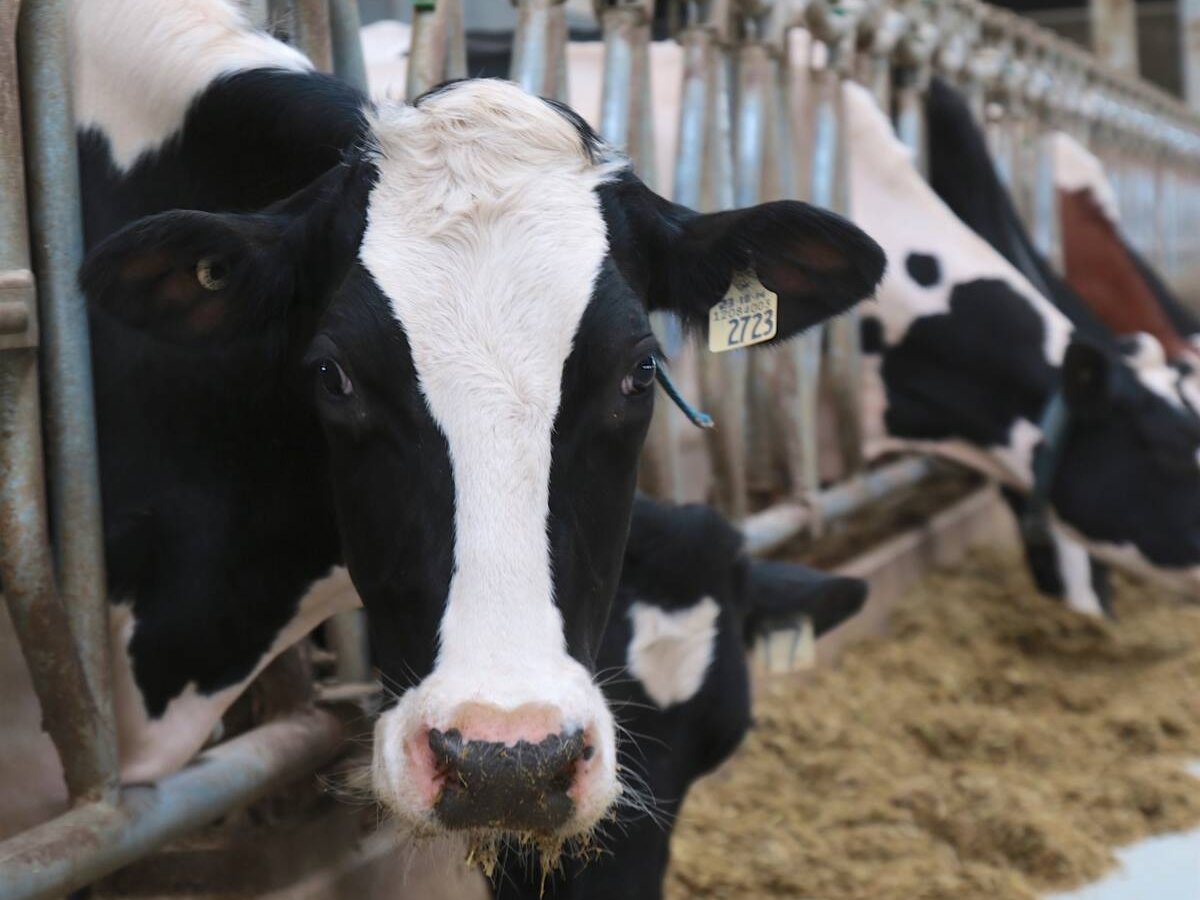The Alberta government has accepted most of the recommendations from an advisory committee’s final report for coalbed methane development.
The committee, which has been working since 2004, submitted 44 recommendations on water protection, surface and air effects, royalties, tenure, industry best practices and broad energy sector issues.
Two rural landowner representatives hope the province carries through on its promises to govern the burgeoning industry.
“The concepts are all that we wanted,” said Norma LaFonte of the Wheatland Surface Rights Group near Strathmore, Alta., which is seeing considerable activity.
Read Also

The Organization for Economic Co-operation and Development lauds Canada’s low farm subsidies, criticizes supply management
The Organization for Economic Co-operation and Development lauded Canada’s low farm subsidies, criticized supply management in its global survey of farm support programs.
She approves of taking action while the industry is young but worries the government may be given a false sense of security because some of the recommendations may not work well in practice.
For example, the report recommends water well testing before drilling takes place, but as a petroleum land agent she questions whether the tests are extensive enough.
“Groups like ours need to push hard and landowners need to understand more,” she said.
Farmer and committee member Don Bester said he is glad energy companies will not receive tax concessions or royalty breaks, but he reserves judgment on the other recommendations.
“I would like to comment on it after I see progress that is made,” he said.
“I am hopeful that the government has finally woken up and realized we have to work fast.”
About 3,000 coalbed methane wells were drilled last year and the number has increased to 6,000 this year.
Mike Dawson of the Canadian Society for Unconventional Gas said companies accept the recommendations because they sat on the committee.
“The MAC (multi-stakeholder advisory committee) recommendations present a collaborative set of recommendations that industry has had input in. It provides a clear definition,” he said.
“Some may feel it doesn’t have enough teeth but I think it is a positive thing.”
A third of the recommendations deal with water quality.
“Water is the stress point between the industry and landowners. It goes a long way to address the issue,” Dawson said.
Baseline water well testing before drilling occurs became law May 1, said provincial environment minister Guy Boutilier. He is concerned about fear mongering among citizens but he also wants the industry to proceed with caution so neighbours are not adversely affected.
“We do not subscribe to the theory of all development at all costs at the expense of Albertans,” he said.
Coalbed methane and other unconventional natural gases could be a long-term windfall for the province. Alberta has an estimated supply of 500 trillion cubic feet of this natural gas in coal.
“That is going to add to a tremendous long-term, sustainable opportunity for natural gas for this province for years to come,” added energy minister Greg Melchin.
He also realizes there are public concerns over this resource arising from controversy in Wyoming when saline water withdrawn from coal seams pooled on agricultural land.
Most of Alberta’s drilling is happening on sites where there is almost no water in the coal seams.
As well, regulations already exist that prohibit the release of this water on the surface, Melchin said. In Alberta, the water must be reinjected back into the ground.
Report recommendations include:
- Schedule Alberta Energy and Utilities board hearings during non-critical agricultural periods.
- Improve scientific information on ground water supplies.
- Develop a water well testing program and investigate the potential for methane migration or release to water wells as a result of depressurization. Implement measures to address migration or release, if necessary.
- Establish an appropriate threshold volume for produced non-saline water.
- Review drilling and completion practices for new and recompleted water and energy wells.
- Investigate coalbed methane drilling and completion practices such as using dugout water and untreated river water.
- Review possible uses for non-saline and saline water produced from coalbed methane developments.
- Review regulatory processes to support minimal surface disturbance and reduced cumulative impact.
- Improve science and technology for reclamation of land in sensitive areas.
- Review the application processes for intense coalbed methane developments to enhance project-based planning and disclosure.
- Review all guidelines relating to public input opportunities.
- Develop a user friendly electronic data exchange and consolidate information in a public database.
- Increase opportunities for public dialogue and awareness on possible impacts from coalbed methane development.
- Clarify the requirements, roles and responsibilities related to setbacks.
- Create an easy-to-understand public explanation for “wells per section per pool.”
- Develop a communication plan to provide better information.
- Develop a best practices manual.
- Review coalbed methane activities in other jurisdictions to ensure Alberta gains the benefit of studies and experience elsewhere.
- Develop procedures to quickly deal with short-term noise complaints.
- Improve the education and certification of land agents.
- Ensure information transparency on mineral rights certificates of title.
- Minimize disturbances to wildlife habitat and schedule activities to
address critical wildlife periods.















